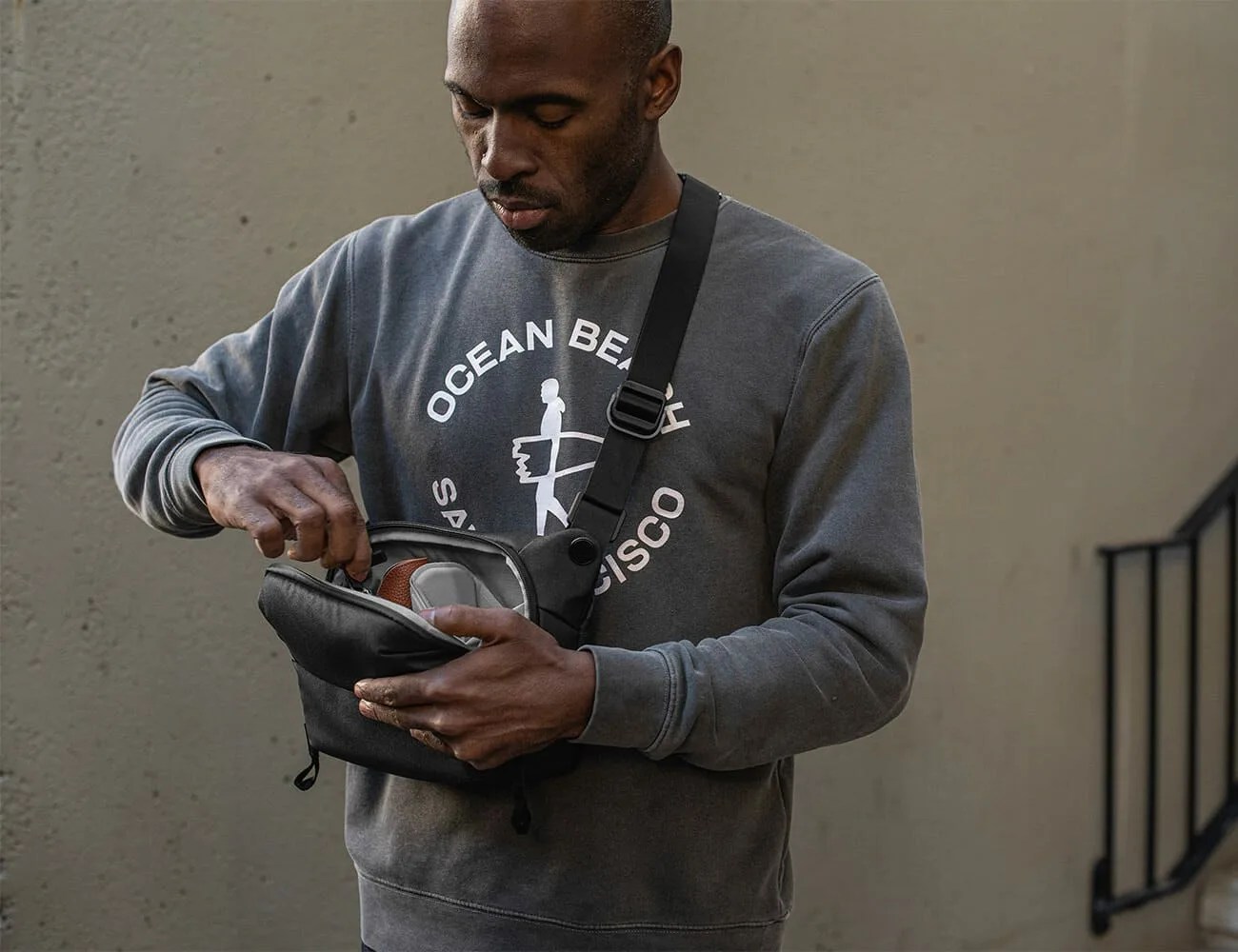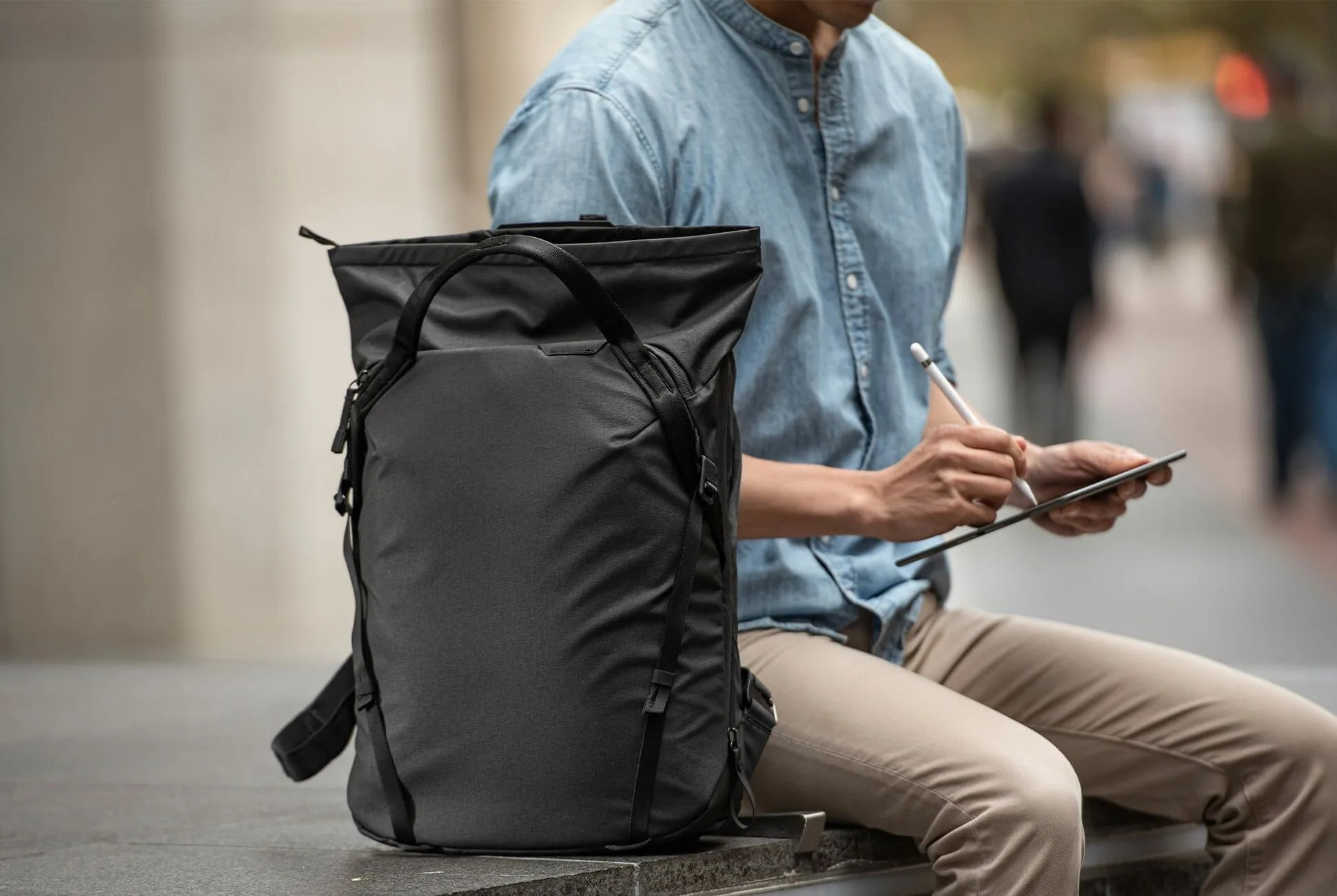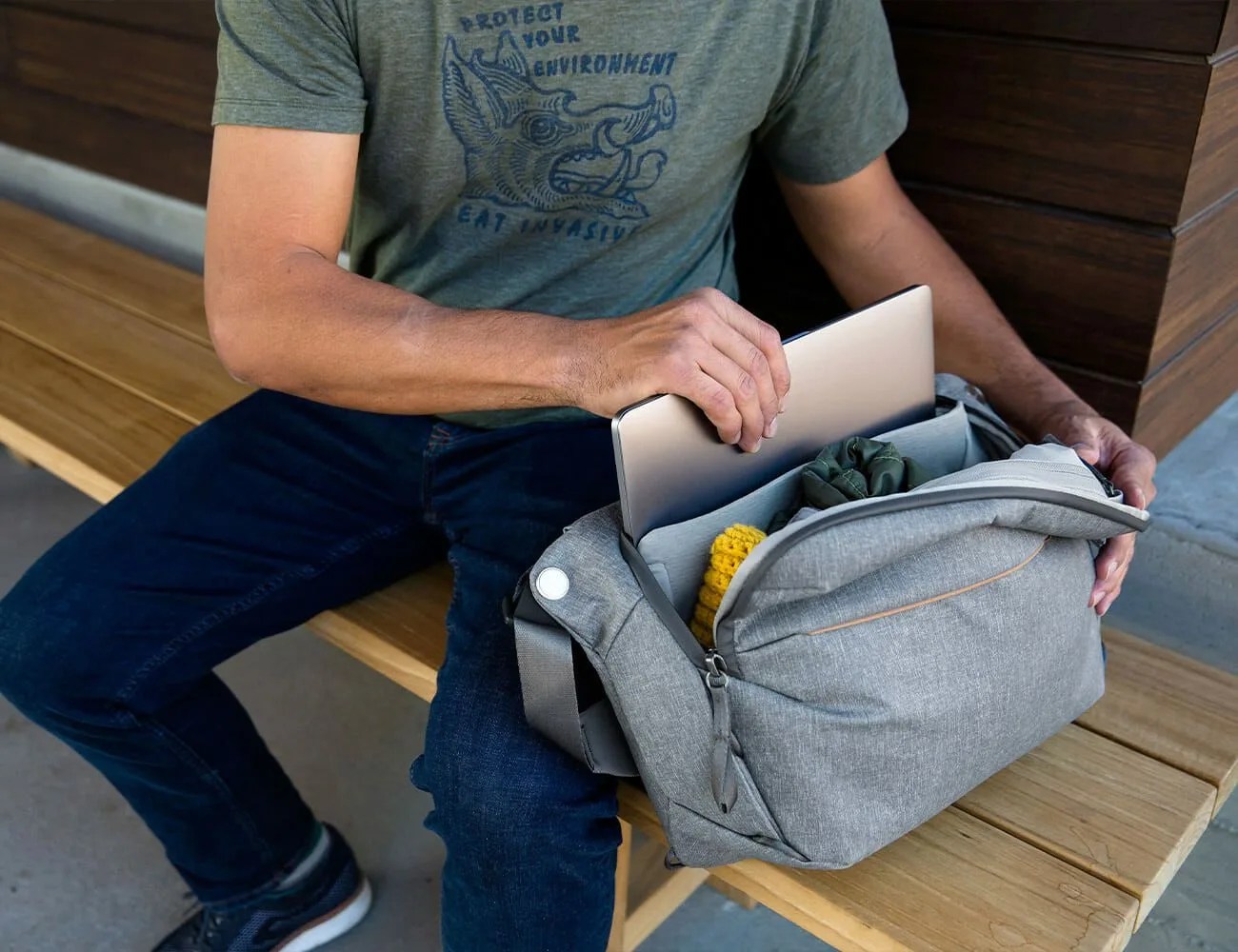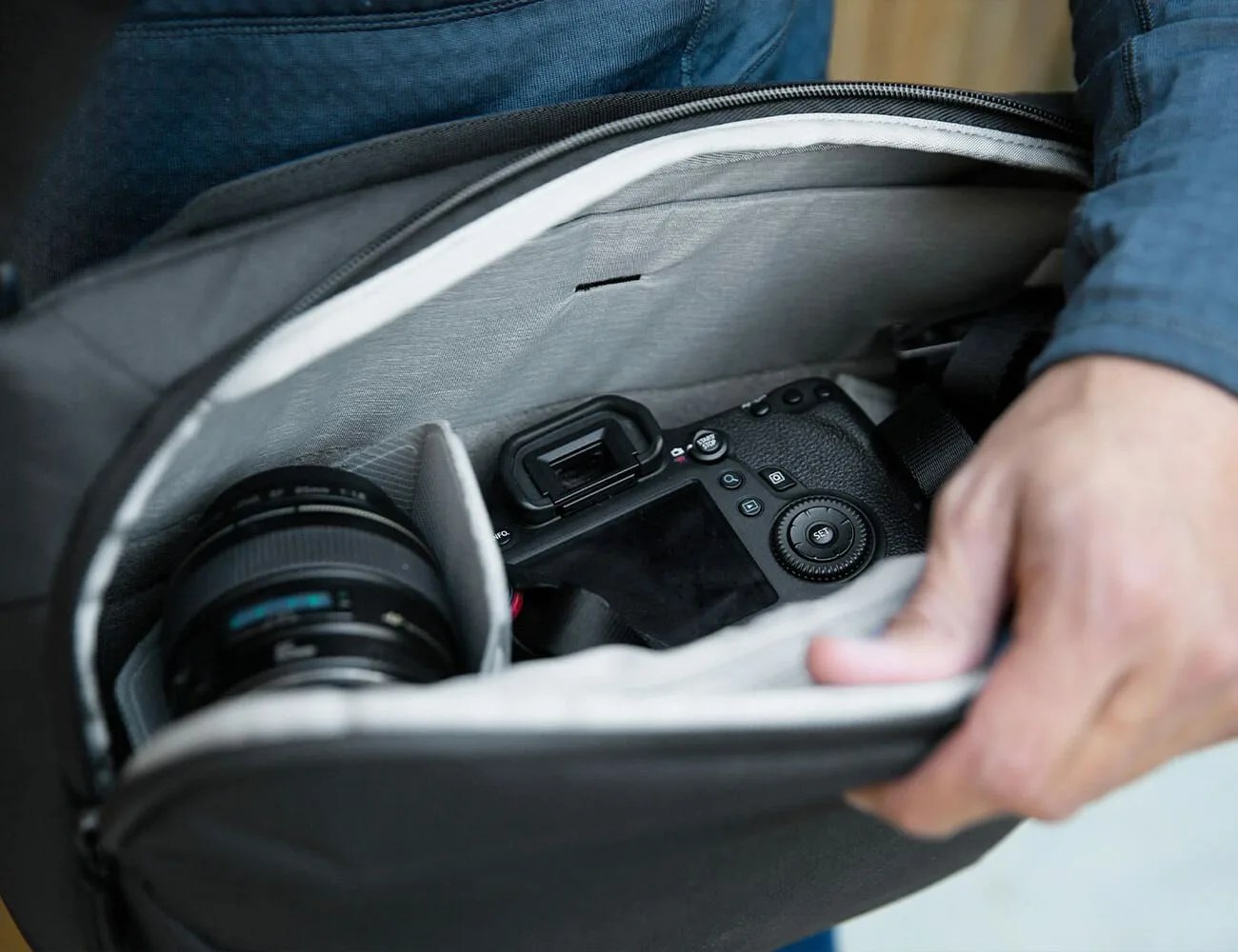“Complete overhaul” typically alludes to one thing – past failures. If a company decides to remake a product from the ground up, it’s a safe bet that the product wasn’t functioning, lasting, or selling well. Why spend the resources to fix something that isn’t broken, right? Every once in awhile, though, that isn’t the case.
Today, Peak Design launches the updated version of its Everyday line: a backpack, messenger bag, sling, and tote for travelers, commuters, hikers, cafe-goers, students and photographers. The San Francisco-based company is renowned for innovative and sleek designs, winning seven major awards and numerous smaller accolades for the Everyday line alone. Since 2011, Peak Design has raised over $15 million on six different Kickstarter campaigns too, with $6.5 million coming from the original Everyday line.
Not only has that record made Peak Design the most successful Kickstarter company in history, but it also helped the brand build a feverishly loyal base of consumers. It’s a community that readily offers what Art Viger, Peak Design’s Lead Designer, jokingly describes as “more feedback than we often know what to do with.” But Peak Design certainly doesn’t ignore it. Integrating this swath of knowledge into a new product, like the Everyday V2 line, takes time. Curious how the team invested years of R&D into an already beloved bag collection, we called Viger to learn more about how they did it.

Q: What is Everyday V2?
A: The V2 line distills everything that made the original packs great, plus everything we’ve learned in the last couple of years through feedback, new hires, new ideas and new inputs. The company has grown, and the design team has vastly improved since we made the original pack. We are now better at reimagining products that are better, faster, and stronger while staying true to the original goals of the Everyday line.
Q: What were those goals?
A: The Everyday line has always been about crossover versatility. Most other camera bag companies basically make a camera bag and then try to make it not look like a camera bag. We see this differently. We wanted a bag that offered protection, organization and carrying function, but one that isn’t necessarily for camera gear. For instance, Everyday’s access is what resonated with customers – not just photographers.


